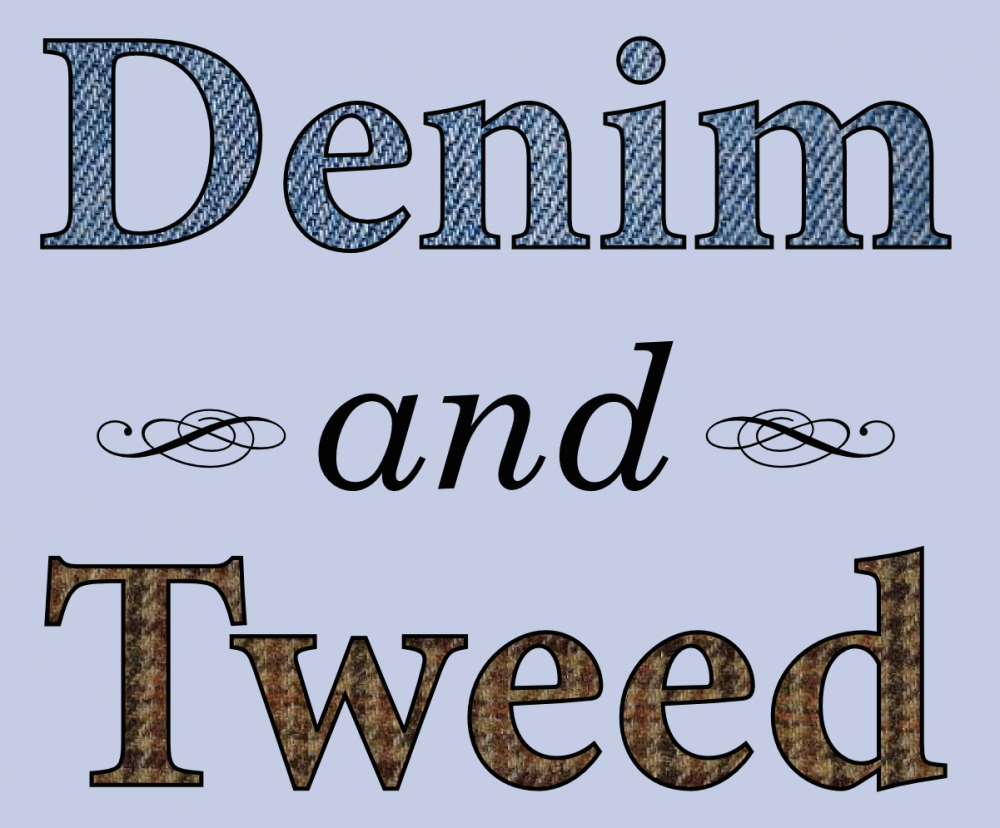 Photo by Shaun Bascara.
Photo by Shaun Bascara.- This week at the Molecular Ecologist: When domesticated gene variants go back to nature.
- In mice. New study suggests that sugar reduces female lifespan and male fertility.
- “Better” depends on what your collaborators use, too. How to pick the right tool for the scientific job.
- From the British Ecological Society. A nice, thorough guide to peer review.
- Sure, why the hell not? Could hypothetical life on Saturn’s moon Titan take the form of giant methane-eating cells?
- Ugh. The groundbreaking long-term Framingham Heart Survey is looking down the barrel of crippling budget cuts.
◼









